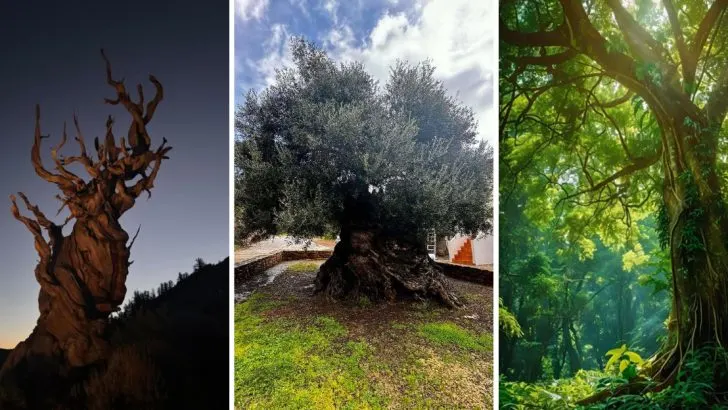Trees have stood as silent witnesses to the unfolding of history, some living for thousands of years. These ancient giants have not only survived the tests of time but have also provided us with glimpses into the past. Here, we explore ten remarkable trees with astonishingly long lifespans, each having its own unique story to tell.
Methuselah
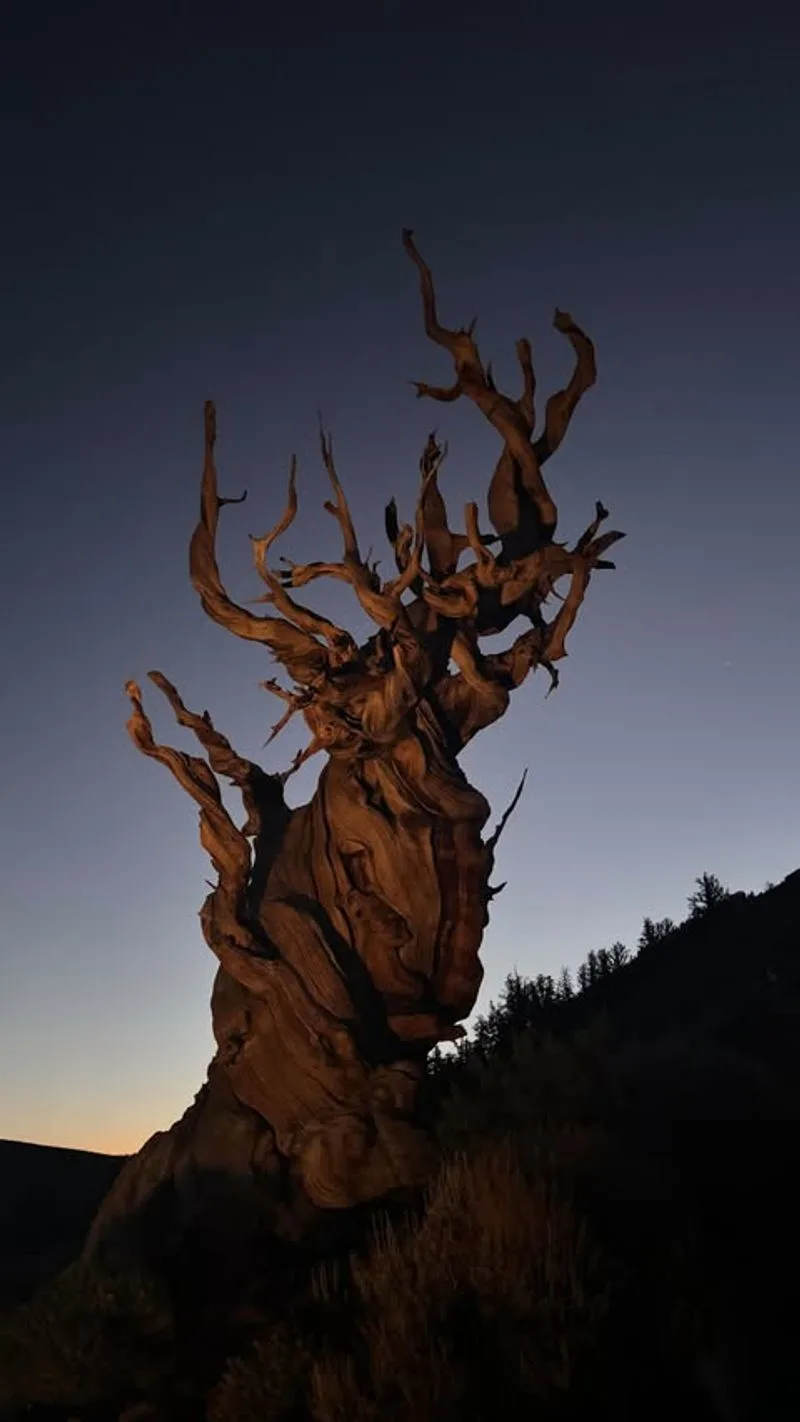
Methuselah is a bristlecone pine (Pinus longaeva) located in the White Mountains of California. At nearly 4,800 years old, it is one of the oldest known non-clonal trees in the world.
Its twisted and gnarled appearance tells tales of resilience and survival in harsh climates. Methuselah has witnessed millennia of history, standing steadfast through countless generations and natural events.
Visitors are not told the exact location of Methuselah to protect it from potential harm, but its presence is a living testament to the longevity and endurance of nature.
Sarv-e Abarqu
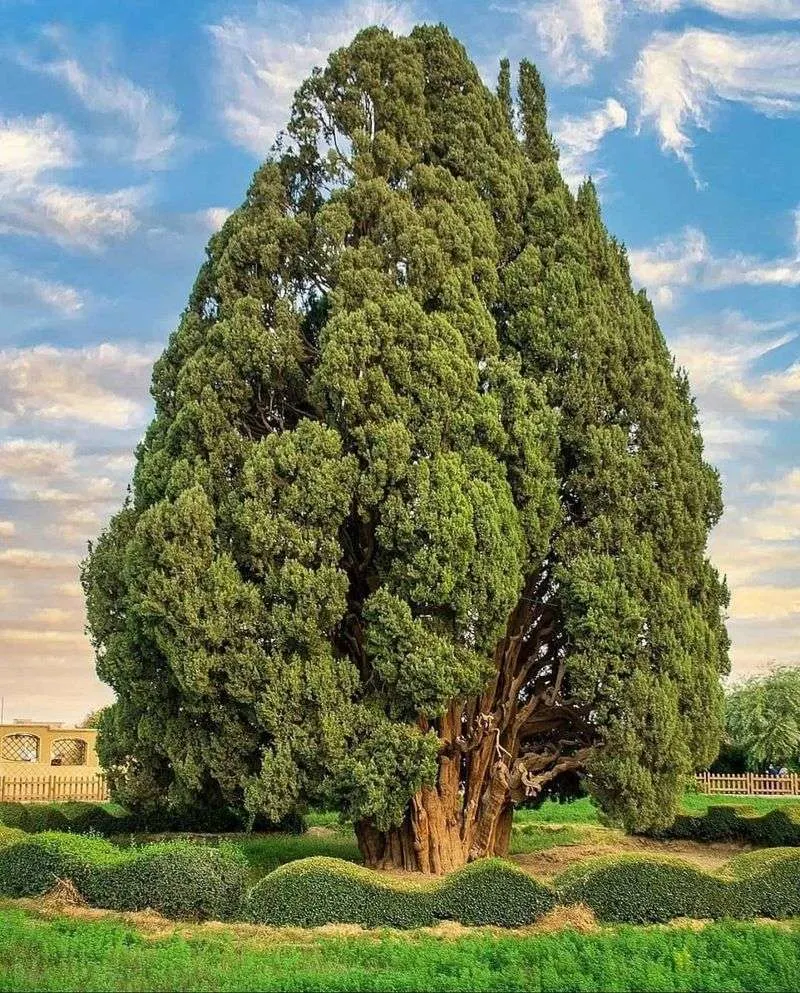
Sarv-e Abarqu, also known as the Cypress of Abarkuh, is a Persian cypress tree estimated to be over 4,000 years old. Located in Abarkuh, Iran, it is a national natural monument.
This majestic tree has witnessed the rise and fall of empires and the passage of countless historical figures. Its towering presence and expansive canopy provide a sense of timelessness and peace.
The Sarv-e Abarqu stands as a symbol of endurance and is revered in local folklore for its age and beauty, drawing visitors from around the world.
Jomon Sugi
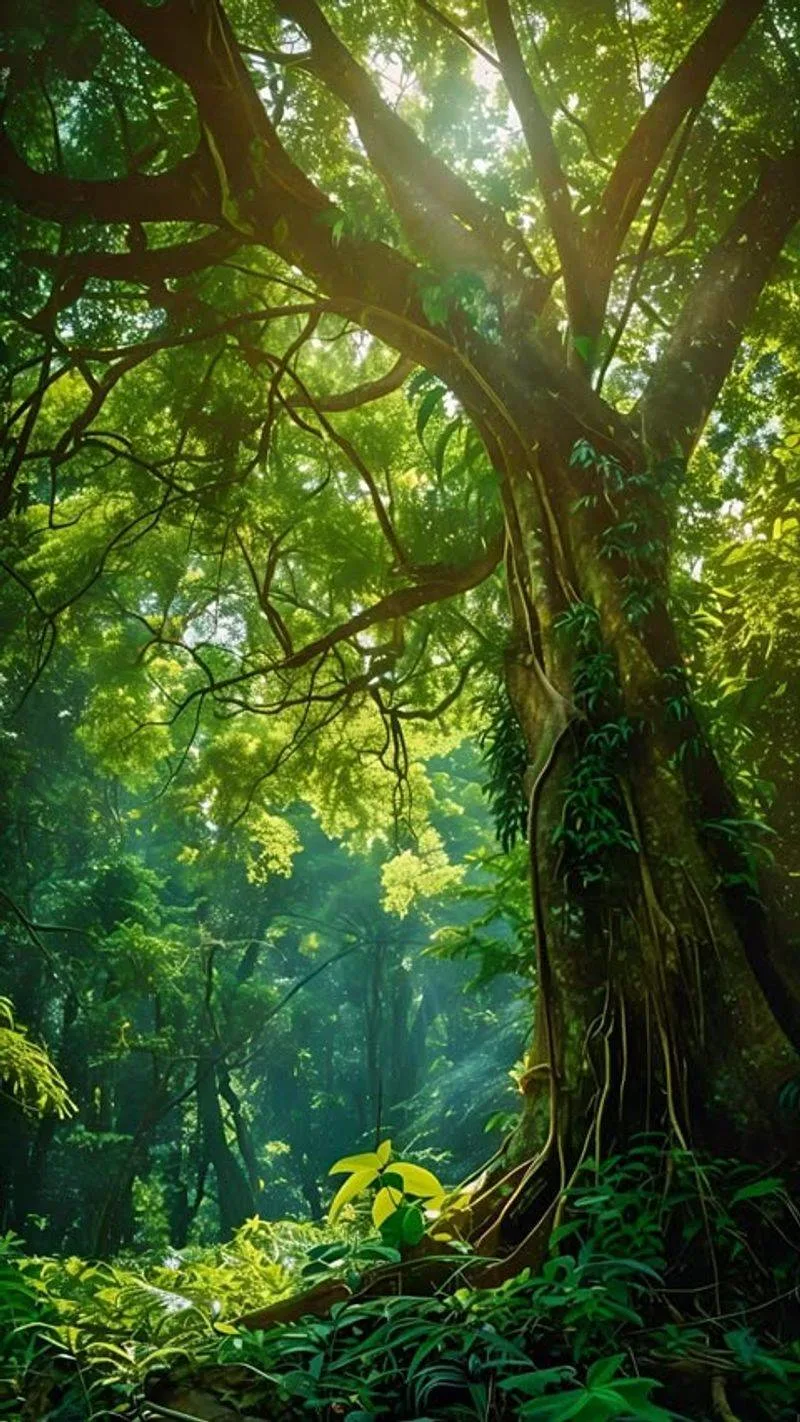
Jomon Sugi is a Yakusugi cedar tree on Yakushima Island, Japan, with an age estimated between 2,170 and 7,200 years. It is the oldest and largest conifer on the island.
The tree’s massive, moss-covered trunk and twisting branches create an enchanting scene, often shrouded in mist. This tree has seen centuries of cultural change and natural evolution.
Jomon Sugi’s remote location requires a challenging hike, adding to its mystique and allure. It stands as a sacred natural monument, embodying the spirit of resilience and longevity.
Llangernyw Yew
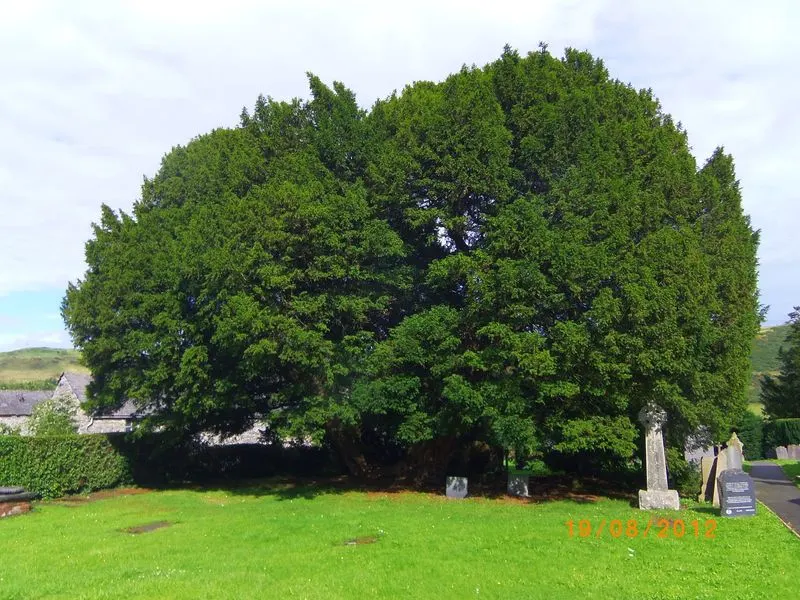
The Llangernyw Yew is an ancient tree located in the churchyard of St. Digain’s Church in Llangernyw, Wales. Estimated to be between 4,000 and 5,000 years old, it is one of the oldest trees in the UK.
Its thick, gnarled trunk and intertwining branches have stood through millennia of history, including the dawn of Christianity in this region. The yew is steeped in local legend and lore.
Visitors to the churchyard can feel a deep sense of history and spirituality, as the tree continues to thrive amidst the gravestones of the past.
Alerce
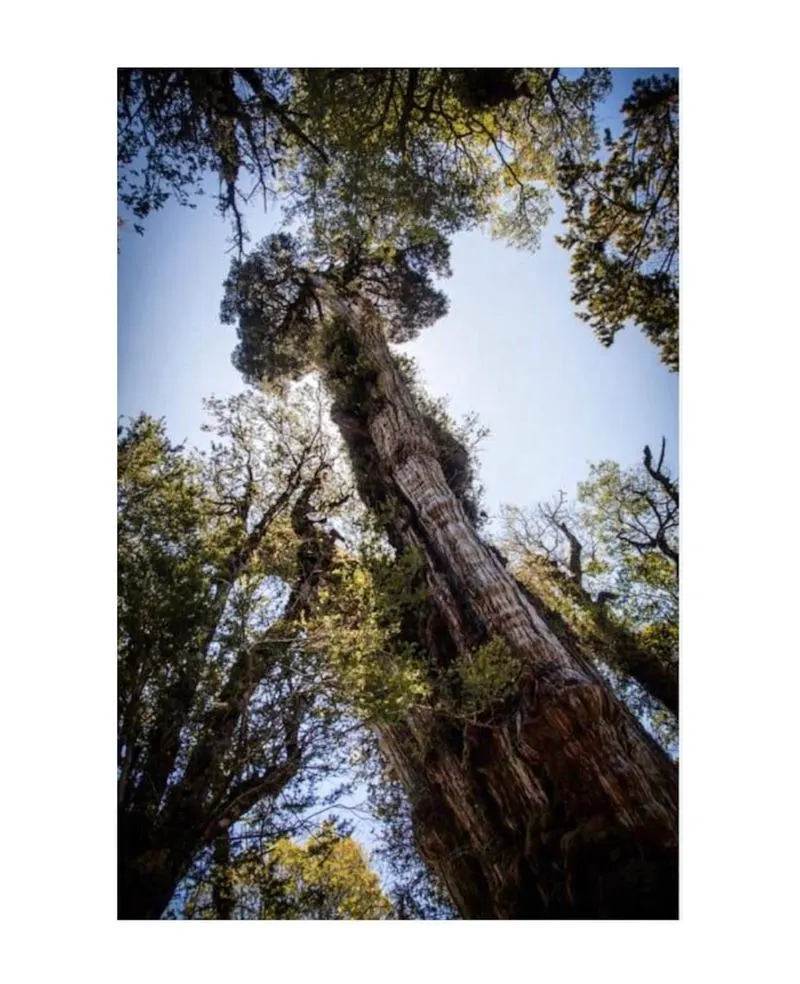
The Alerce (Fitzroya cupressoides) is a species of giant conifer native to the Andes mountains in Chile and Argentina. Some of these trees are estimated to be over 3,600 years old.
Known for their immense height and longevity, alerce trees have been part of the landscape for millennia, witnessing the diverse ecosystems of the Andes. Their wood has been highly valued for its durability.
Conservation efforts are in place to protect these ancient trees from logging, ensuring they continue to grace the landscape for future generations to admire.
The Senator
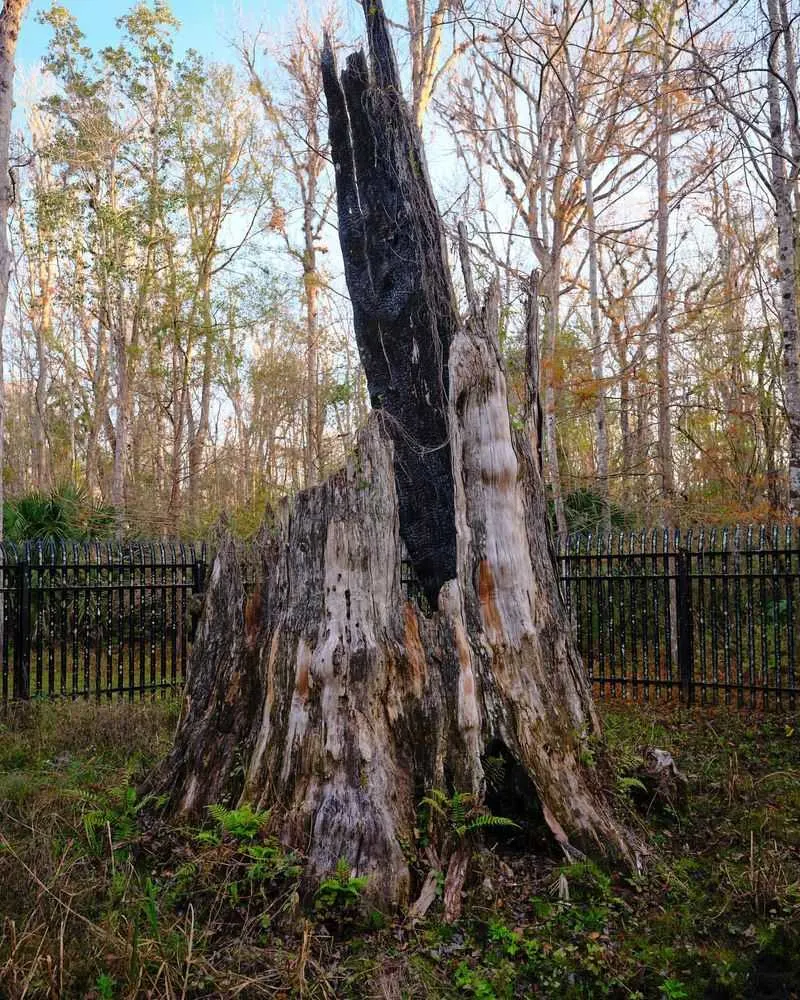
The Senator was a renowned bald cypress tree that once stood in Longwood, Florida. Estimated to be over 3,500 years old, it was one of the oldest and tallest cypress trees in the world.
Its towering height and massive trunk were a testament to its age and resilience, having survived numerous hurricanes and natural events. Unfortunately, it was destroyed by fire in 2012.
Though gone, The Senator’s legacy endures in the form of a clone known as The Phoenix, ensuring its historical significance is not forgotten.
Old Tjikko
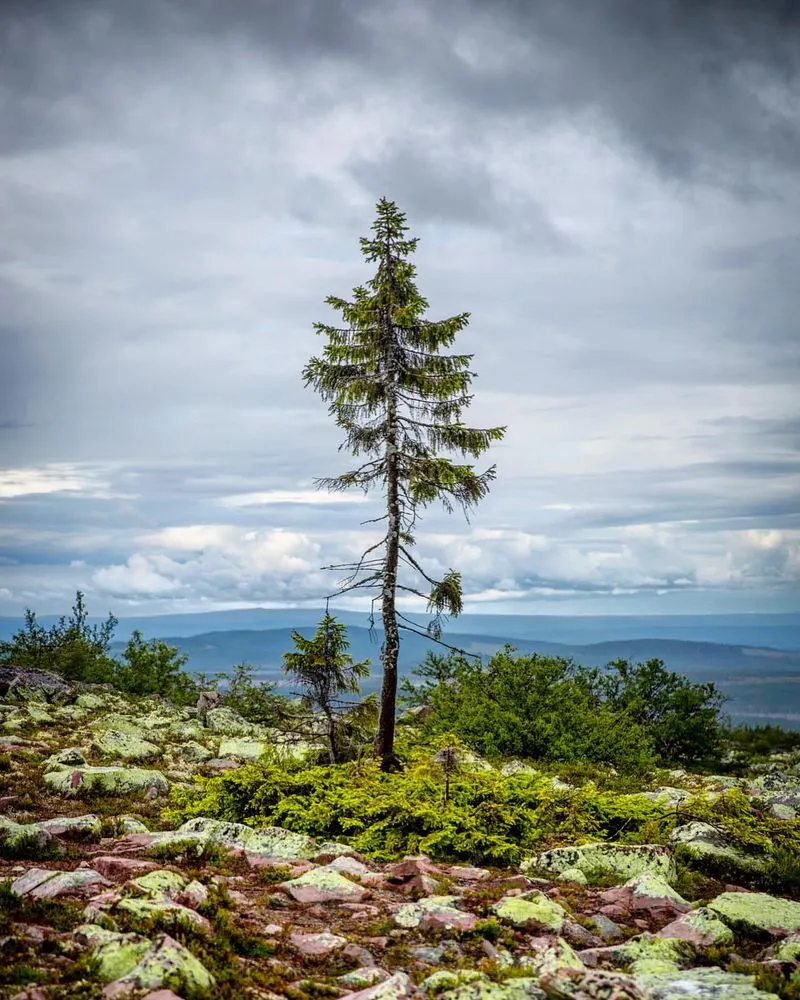
Old Tjikko is a clonal Norway Spruce located on Fulufjället Mountain in Sweden, estimated to be around 9,560 years old. As the world’s oldest known clonal tree, it has witnessed countless changes in climate and landscape.
The tree’s ability to clone itself has allowed it to survive for millennia, maintaining its presence in a harsh environment. Its unassuming appearance belies its age and historical significance.
Old Tjikko serves as a reminder of nature’s resilience and the enduring cycles of life, inspiring scientists and nature enthusiasts alike.
Olive Tree of Vouves
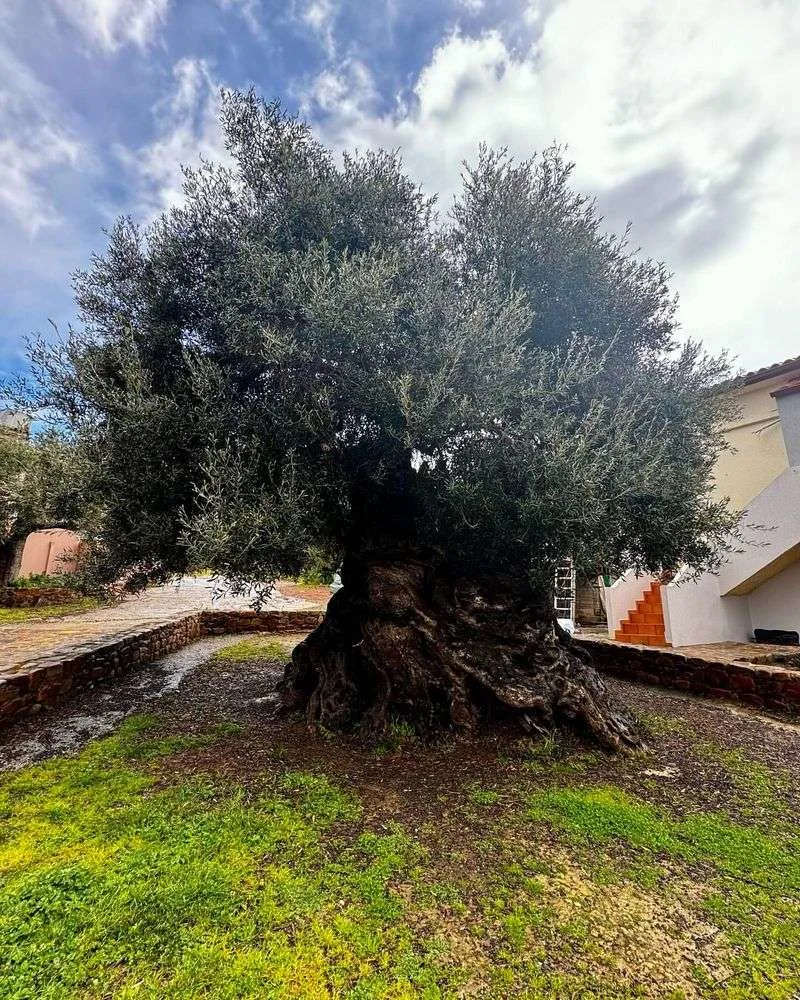
The Olive Tree of Vouves is an ancient olive tree located on the island of Crete, Greece, estimated to be over 3,000 years old. This remarkable tree continues to produce olives to this day.
Its gnarled trunk and vibrant foliage are emblematic of the Mediterranean landscape and culture. The tree stands as a living link to the past, having seen the rise of Greek civilization.
Visitors to Crete can admire this botanical wonder, which symbolizes peace and prosperity, and reflects the enduring relationship between humans and nature.
Chestnut Tree of One Hundred Horses
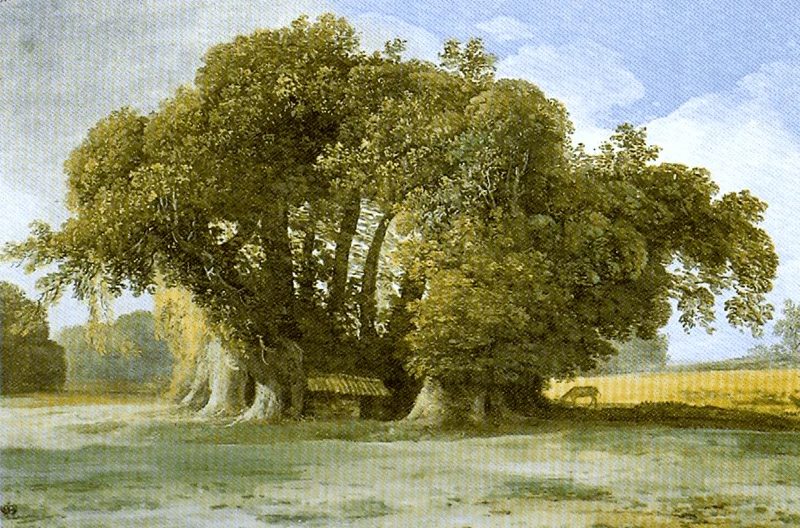
The Chestnut Tree of One Hundred Horses, located on Mount Etna in Sicily, is estimated to be between 2,000 and 4,000 years old. It is famed for its massive canopy and legendary history.
According to folklore, a queen and her hundred knights once took shelter beneath its branches during a storm. The tree’s grandeur and historical significance make it a symbol of Sicily.
Today, it remains a living testament to the island’s natural heritage, drawing visitors who marvel at its size and the stories it has inspired.
Patriarch Tree
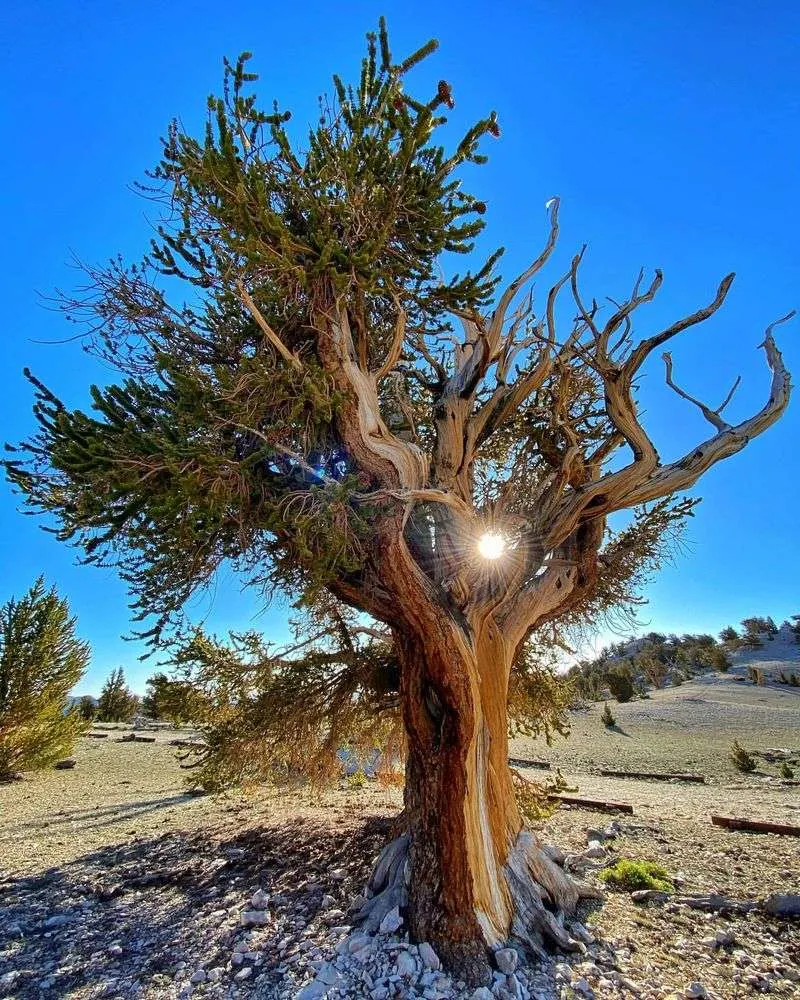
The Patriarch Tree is a venerable oak located in a historic park in Bulgaria, estimated to be over 1,500 years old. This magnificent tree has survived through numerous historical changes and events.
Its grand stature and extensive branches provide a habitat for various species, adding to its ecological significance. The tree is a cherished landmark and symbol of continuity.
Visitors to the park can enjoy its shade and serenity, as the Patriarch Tree continues to thrive, offering a glimpse into the past and a connection to nature’s endurance.

